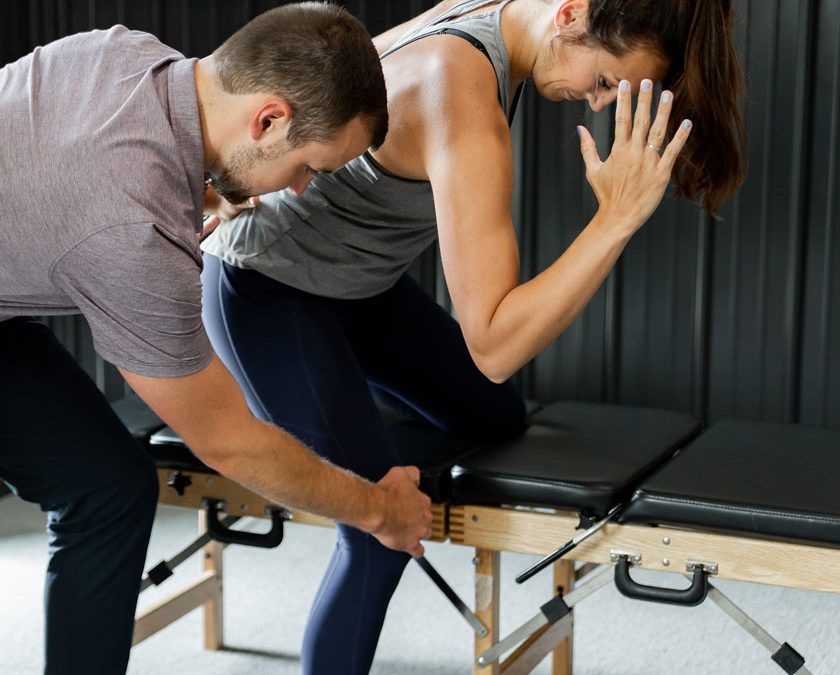Patellofemoral Pain Syndrome is the most common diagnosis in patients presenting with knee pain; however, this is usually frustrating for the patients as this diagnosis simply means anterior knee pain. It is quite hard to effectively treat someone when the only thing you have clinically decided is that they have pain.
One of the reasons dealing with and treating knee pain can be so difficult is because the knee itself is not always the driver of the problem. Meaning that the hip and/or the ankle/foot is usually contributing to the problem, but the knee gets blamed for it. So let’s look at some of the most common causes for knee pain, what could be the contributing factors, and how we can collectively go about treating it.
WHAT’S THE CULPRIT?
So you have begun to develop pain or discomfort “behind”, “underneath”, or “around” the patella/front of the knee. It’s made worse with prolonged knee flexion, running, climbing or descending stairs, and squatting. Not fun right? Sounds like “patellofemoral pain syndrome,” or knee pain. In the past, research suggested this pain was from the lateral shifting of the patella due to a weak vastus medialis obliquus (VMO). However, we now know that the most likely cause of anterior knee pain is due to aberrant motion of the femur during weight bearing motions. This would then lead us to understand weakness or delayed recruitment in muscles such as the hip abductors or even adductors to be the problem. Another reason one could be dealing with knee pain is inflexibility of the quadriceps muscle or calf muscles. Both of these can be treated simply by stretching and or rolling out trigger points with a foam roller. Last, but not least, laxity in the ankle joints due to past injuries can also be a large driving factor for anterior knee pain, so assessment and stabilization exercises of the ankle could be used in that scenario.
WHAT CAN WE DO!
A proper functional exam when a patient presents with knee pain is absolutely crucial. It is extremely important because of the multitude of reasons one can have knee pain. Without exactly knowing what is causing it, treatment has mixed results. So it’s best to narrow it down as much as one can in the first visit/exam, so our treatment can be that much more effective. Here at the clinic we address every complaint individually and utilize tools such as chiropractic manipulation, manual therapy, dynamic neuromuscular rehabilitation, soft tissue work, dry needling, and shockwave therapy. A combination of proper correct advanced exercises and manual work for knee pain is very effective especially when we know the exact cause.
WHAT CAN YOU DO
Stretching tight muscles in the hips and calves is a great way to begin self-treatment and also prevent future injuries or pain. Calf stretches with the knee bent and straight are a great way to achieve this! Strengthening weak muscles around the hip, especially if you know one side is notably weaker than the other, is another great trick. Certain exercises such as deadbug exercises, discussed in last week’s post, and even thera-band resisted clam shells are another great way to stabilize the hips and knee and reduce knee pain.
WE CAN HELP:
If you feel like you’re having issues like this or something similar, call us today at 260-927-0581 or schedule an appointment online! There is no reason to live in pain. As always, we are here for you at ProActive Spine & Joint. Move well, live well: that’s what we want for our community and for you.

